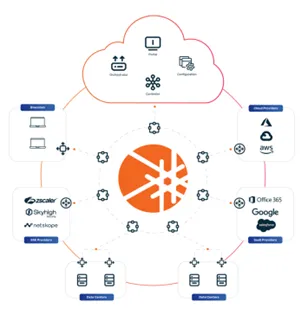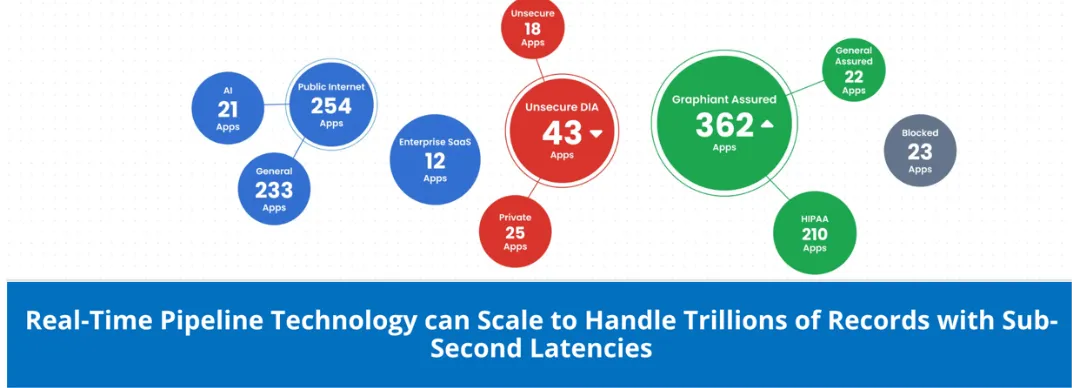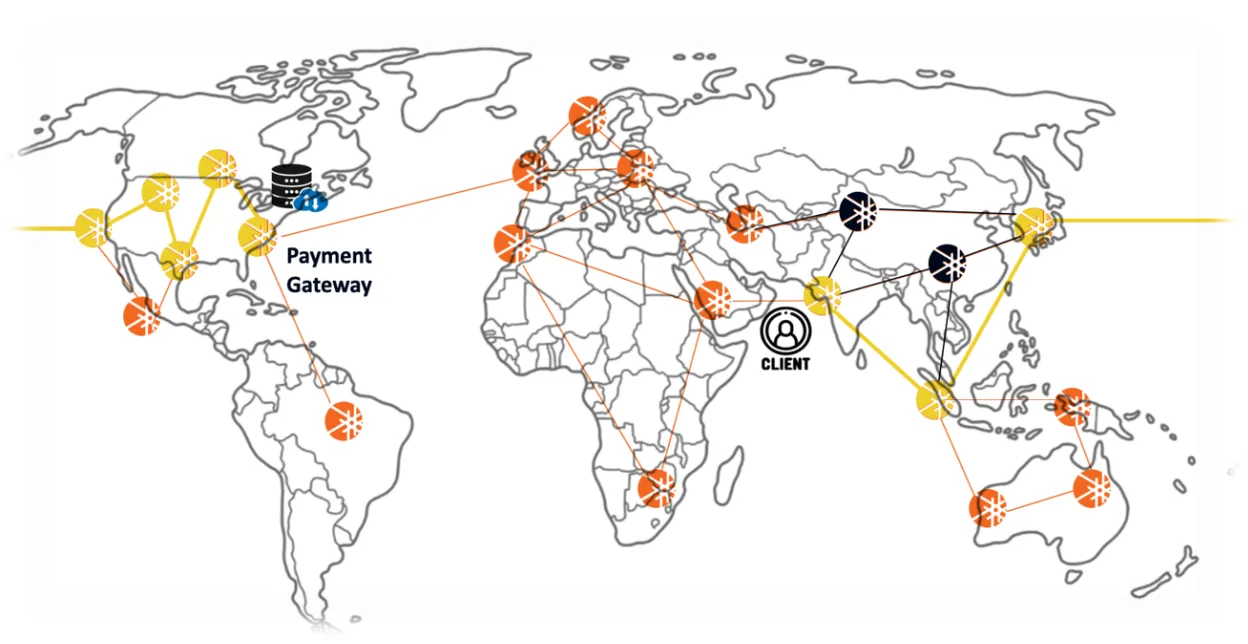The Internet launched in 1991 as a global network for academic, government, and research use. In its earliest form, every connected entity operated inside a closed, academic-style network. Over time, new technologies reshaped this design. The Internet evolved from a research tool into a commercial and social backbone for modern life.
In the early 1990s, web browsers such as Mosaic and Netscape Navigator made online access available to the public. Content was static. Most pages were text-based with little interactivity. Network infrastructure was simple, focused on basic connectivity and information sharing. There was no real-time data processing, network optimization, or personalization.
By the late 1990s and early 2000s, the Internet became a platform for e-commerce and digital business. Search engines, led by Google, transformed network data use. People could find information quickly. Content delivery networks (CDNs) and caching improved network performance, reducing latency. Websites shifted from static pages to dynamic, personalized experiences. This was a content-based Internet, built for delivering video, images, and multimedia to users at scale.
Artificial intelligence is now reshaping how networks function. Traditional infrastructure, built for content, is not designed for AI workloads. Machine learning models, generative AI, and natural language processing require low-latency networks, continuous learning from historical data, and rapid data processing at scale.
AI applications depend on:
The next phase is an Internet for AI. This network will support intelligent decision making, automate routine tasks, and connect AI models to the data they need, without performance loss.
The Internet for AI consists of custom, private networks designed to ensure privacy, security, real-time data processing, and robust reliability. Unlike the content-based internet, this network would prioritize speed and adaptability, providing an architecture specifically suited to the needs of machine-driven processes.
An effective AI network must:
This requires moving away from static hub-and-spoke content delivery to intelligent, self-optimizing networks.
Telecom companies hold a unique advantage. Their point of presence (POP) locations are close to enterprise facilities and consumers. They can deliver secure, high-performance AI networking by upgrading existing network infrastructure and network devices.
Benefits include:
Telecom companies that modernize POP infrastructure will be positioned to lead in AI-ready services.
Graphiant’s AI-focused network architecture is designed with several foundational principles to address the unique demands of AI-driven data flow:




The recent announcement between Graphiant and stc provides a significant opportunity to offer private LLM (Large Language Model) services to countries in the region. The country’s access to low-cost energy gives it an edge in hosting AI data centers and training large models without excessive operational expense. By combining this energy advantage with advanced network infrastructure, Saudi Arabia is positioned to serve both corporate and government clients across the region.
With private, high-performance connections, organizations can train AI models, move large volumes of network data, and meet strict data sovereignty requirements. This combination of reliable infrastructure, cost efficiency, and regulatory compliance makes Saudi Arabia an attractive base for AI workloads in the Middle East and beyond.
The Internet for AI will not be an incremental upgrade to today’s systems. It will require networks that process real-time data, connect distributed workloads at low latency, and manage data flows intelligently across multiple environments. Edge computing, predictive maintenance, and anomaly detection will become standard network operations, not specialized features.
Network infrastructure must adapt automatically as data volumes grow and AI applications expand into areas like autonomous vehicles, smart cities, and healthcare. Self-optimizing networks will allocate resources, manage congestion, and maintain performance without constant manual intervention. Organizations that invest in AI networking now will be better prepared for rapid shifts in technology and demand, avoiding costly overhauls later.
Resources